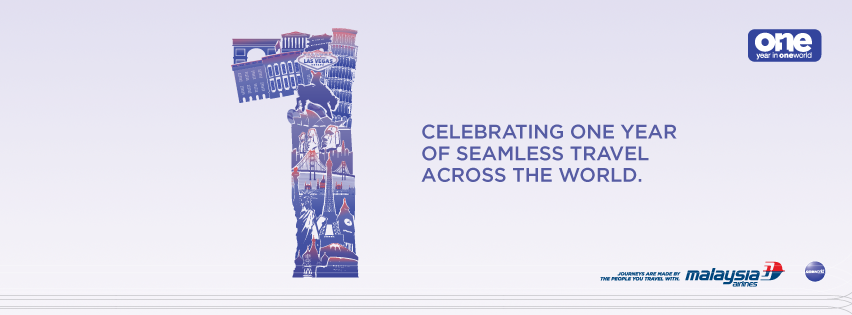Every business should have a crisis management plan in place and this is especially important in the travel industry. Things can and do go wrong, sometimes very dramatically. We’ve all been gripped by the missing Malaysia Airlines flight MH 370.
In the digital age, brands must carefully consider their social media strategy when managing a crisis. If the response is right, it can save a company’s reputation.
Malaysia Airlines may have been criticized for its handling of the incident but its social media response deserves to be credited. For example, since the plane was announced missing, the airline has dedicated its Facebook and Twitter channels to solely posting about the incident.
They have also created and are using the hashtag #MASalert in order for the general public to track the search and rescue updates. Malaysia Airlines still has a daily flight network to run but any commercial messages are off-limits for now, and rightly so.
Other simple but effective changes occurred too, including the airline quickly changing its Facebook cover photo from a message marking its ‘one year of seamless travel’ to a neutral gray cover photo:
From this…
To this…
Of course, as expected, the airline’s Facebook page is overflowing with negative comments in the face of a lost airplane full of passengers. Its social media team hasn’t deleted any of the comments and this level of transparency is vital. Even in less serious circumstances it’s often better for a company to acknowledge or respond to a complaint online instead of erasing it. Brands never want to appear to be censoring their customer base.
The instant nature of social media presents an opportunity for companies to communicate quickly with their customer base during a crisis. Another example of a travel company doing this well was the UK tour operator, Inside Japan Tours, when the Tohoku earthquake and tsunami hit in 2011. The company used its Facebook page to provide regular information and reassurance to many of those clients due to travel to Japan in the near future. Despite the devastation caused by the disaster, many other parts of Japan were untouched and open for business – and this was an important message that needed communicating. The company also immediately established a tsunami relief fund and organized volunteering trips to the affected area.
Have you considered your business’s social media activity in the face of a crisis?




